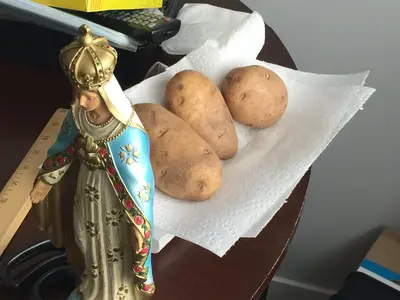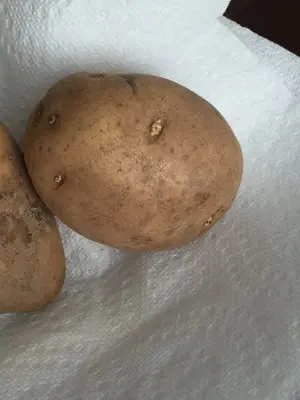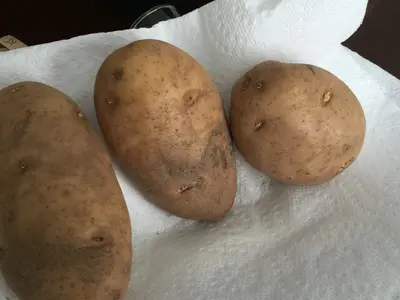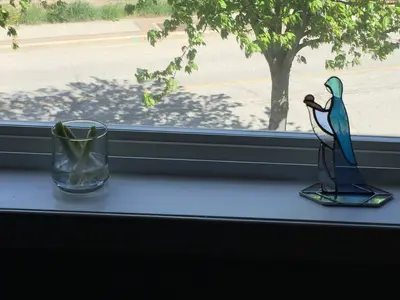zozie
Well-Known Member
You cook like I do, Zozie. I've been making food from scratch all my life. I enjoy it and consider the time involved to me meditative and rewarding rather than work. I've found pressure canning, water bath canning and dehydrating to be my best methods for preserving the harvest.
I dehydrate homemade applesauce in the fall from apple trees into a fruit leather and then rehydrate it as needed to make whole wheat carrot applesauce muffins in the winter. The kids love them. I sweeten them with molasses. It takes 32 grams of the apple leather to 1 cup of boiling water in a jar to make 1 cup of applesauce. I let the jar cool and then put it in the refrigerator for a few days to fully rehydrate.
I also share your Dad's interest in gardening!
This year I have a goal to finally start making fermented foods like pickled cucumbers, kimchi, and other veggies.



